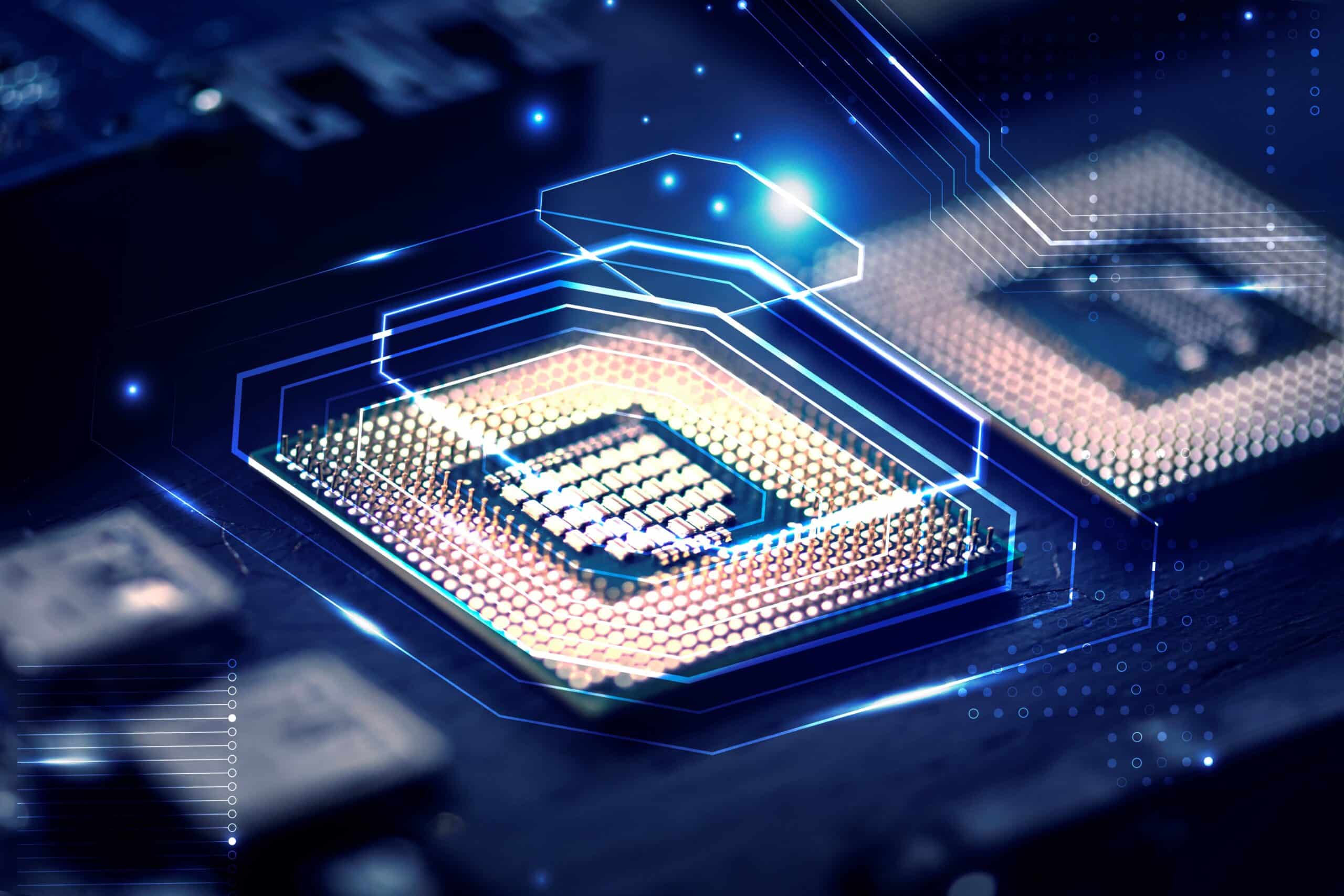The Rise of Firmware in Application Layer Development
In recent years, the traditional boundary between hardware and software has blurred, ushering in a new era where firmware plays an increasingly critical role in application layer development. Once relegated to low-level hardware control, firmware is now evolving to support complex application features, enabling smarter, more capable edge devices.
Firmware traditionally referred to specialized software written for embedded systems devices like routers, sensors, or microcontrollers. It sat below the application layer, handling hardware interfacing and core functionality. But today’s firmware is more sophisticated, often incorporating components that were once exclusive to high-level application software. This shift has become especially pronounced in the context of IoT devices, automotive systems, and smart appliances.
Several technological trends have fuelled this rise:
- Edge computing: With more processing happening at the edge, devices must perform tasks independently of the cloud. This necessitates more intelligent firmware capable of running application logic locally.
- Hardware abstraction: Modern frameworks and development tools allow firmware to be developed using higher-level languages and abstractions. This makes it easier for application developers to build features closer to the hardware.
- Security demands: As cybersecurity threats grow, firmware must integrate application-level security features like encryption, authentication, and secure boot, once managed solely by higher layers.
- Device lifecycle management: Features like over-the-air (OTA) updates, telemetry, and configuration management are now common in firmware, reflecting an application-level mindset.
For developers, this convergence means acquiring new skills. Firmware engineers now need to understand application-level architectures, user interfaces, and network protocols, while application developers are increasingly expected to consider hardware constraints and real-time performance.
This hybridization is also changing tooling. Platforms like Zephyr, ESP-IDF, and FreeRTOS are offering more app-friendly APIs, while languages like Rust and Python are gaining traction in embedded environments for their balance of performance and safety.
The rise of firmware in application layer development marks a significant transformation in how we build and interact with technology. As devices become smarter and more autonomous, the firmware’s role as a bridge between hardware and application logic is more important than ever, demanding a new breed of developer fluent in both worlds.
Looking to grow your team with Embedded Experts or looking for a new opportunity? Contact kris@akkar.com







